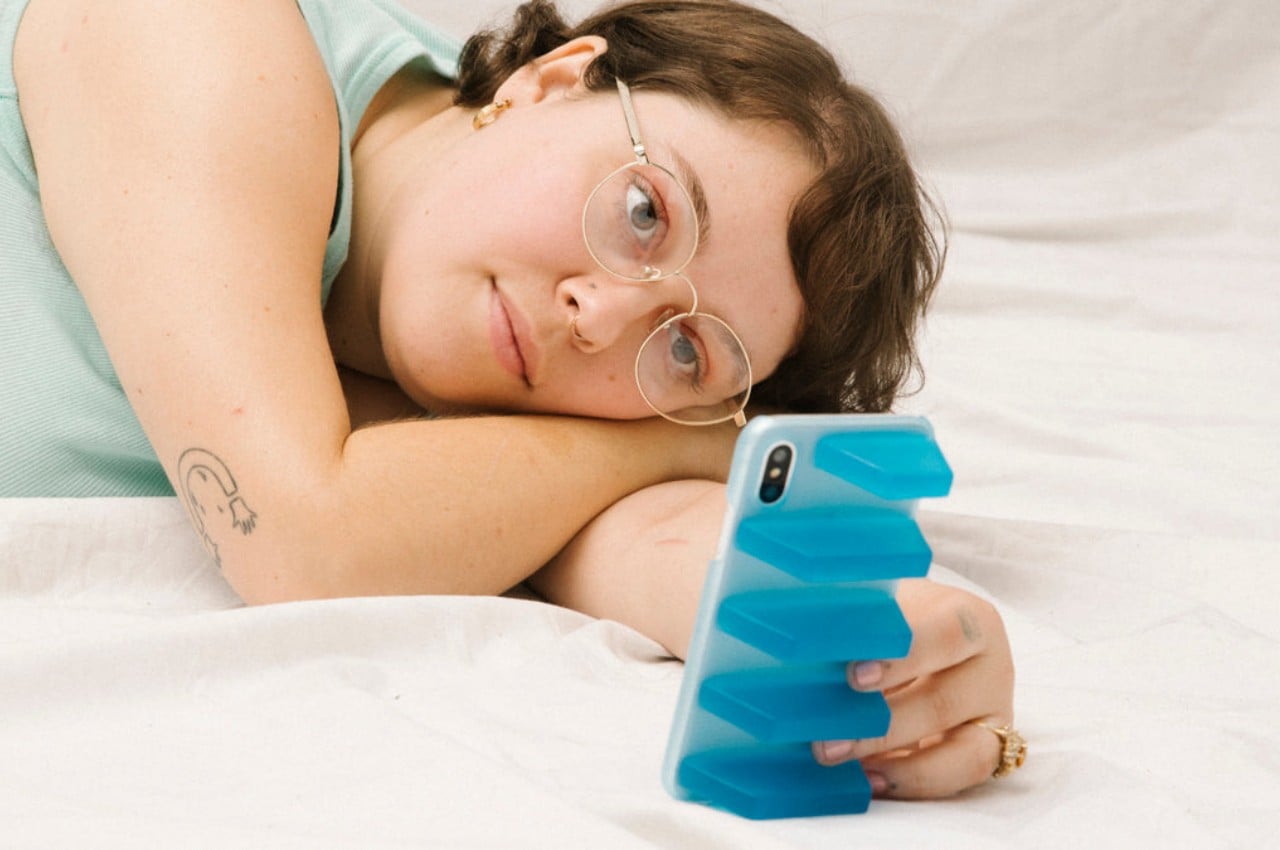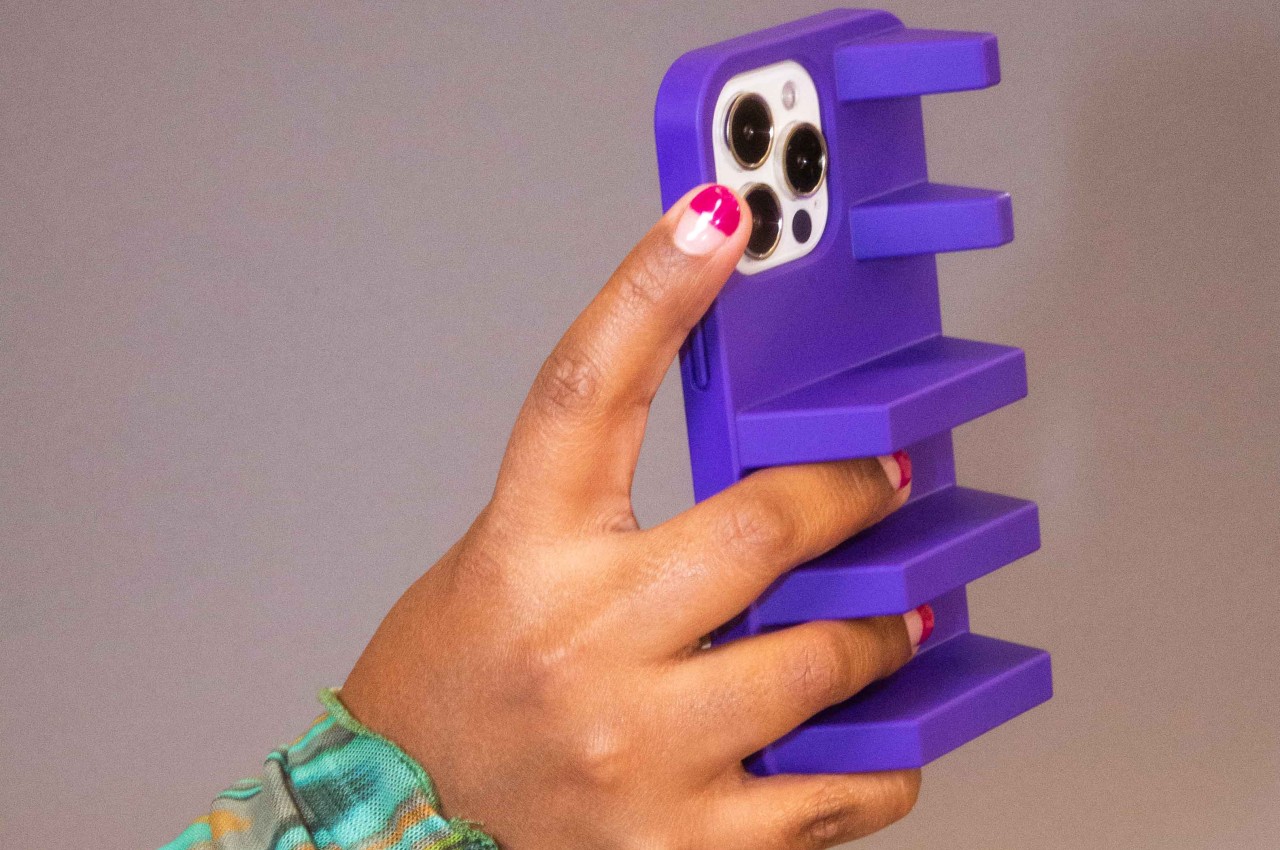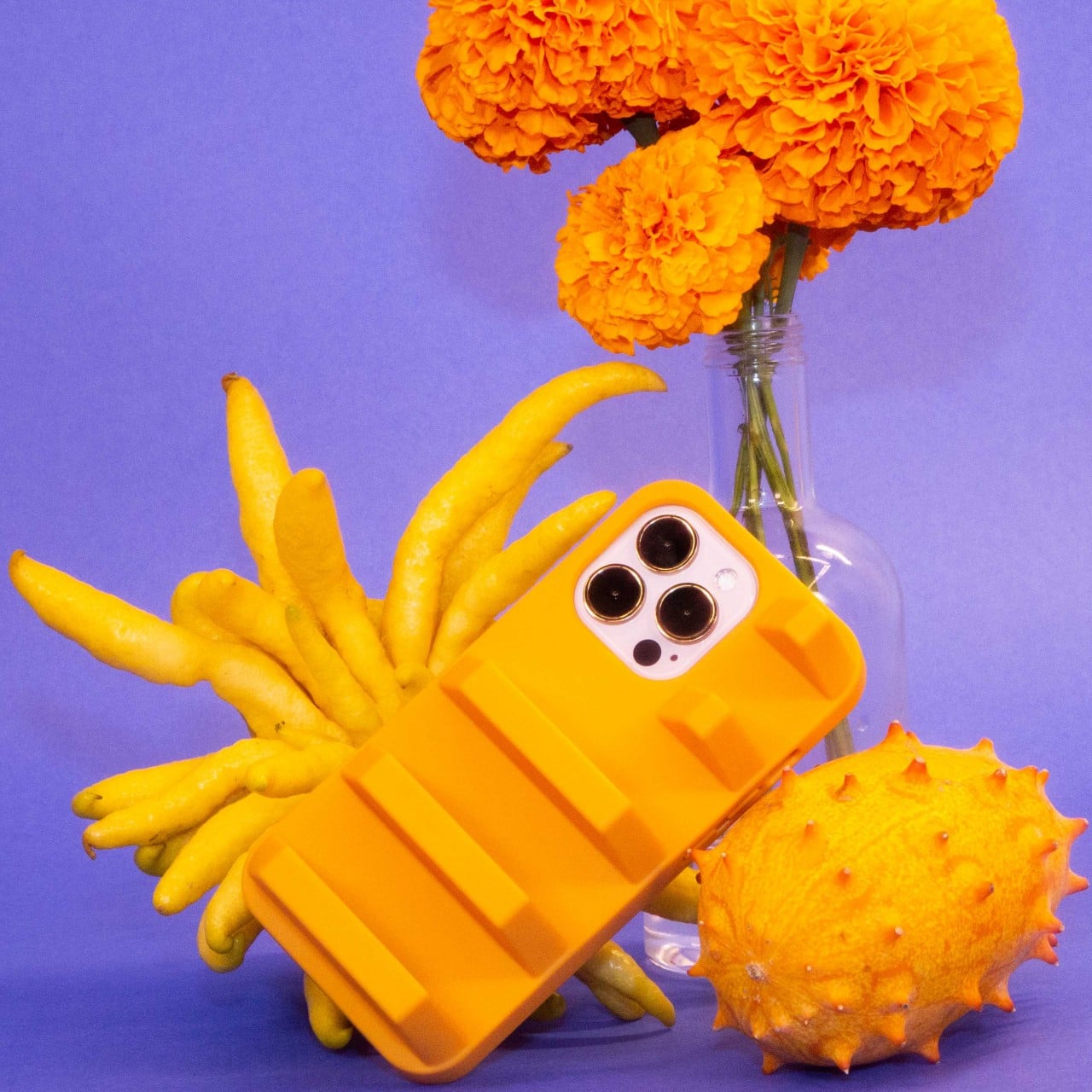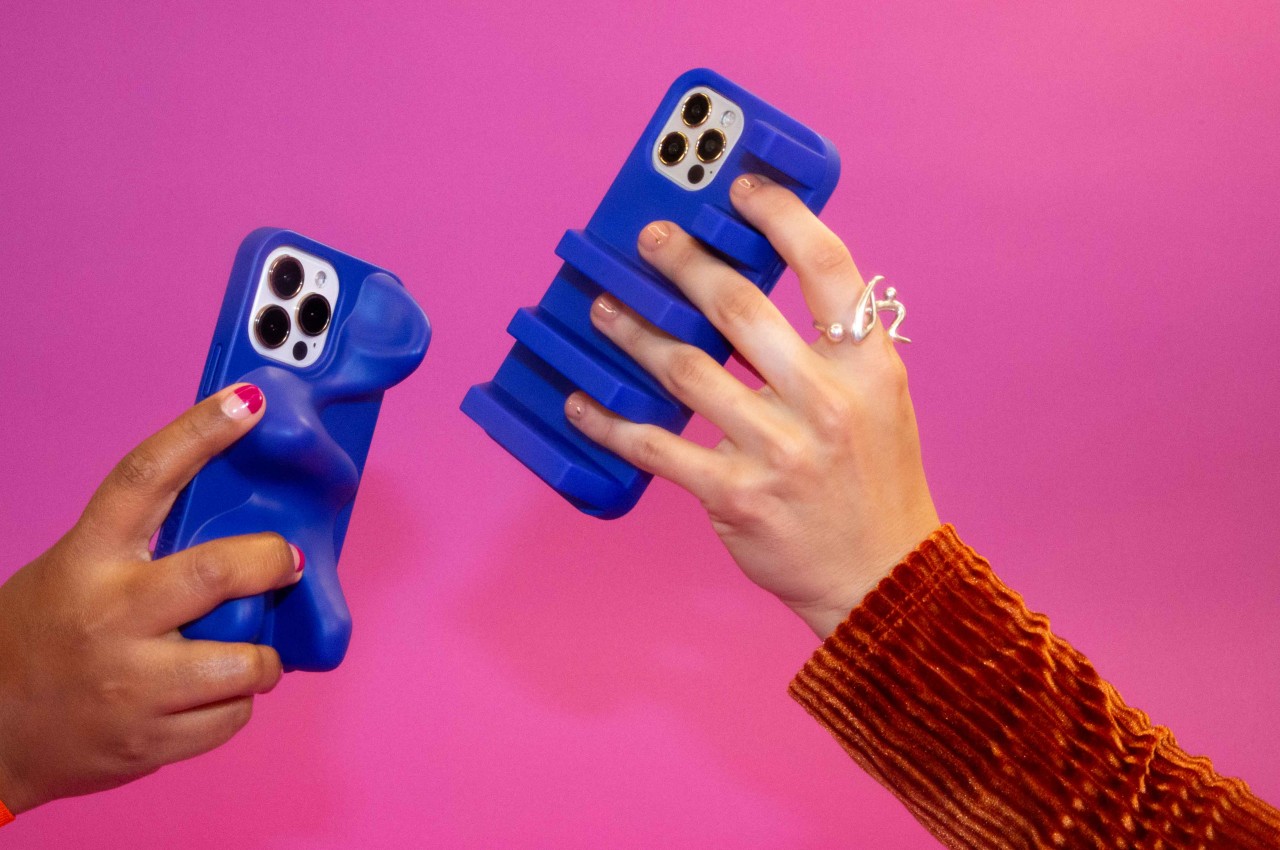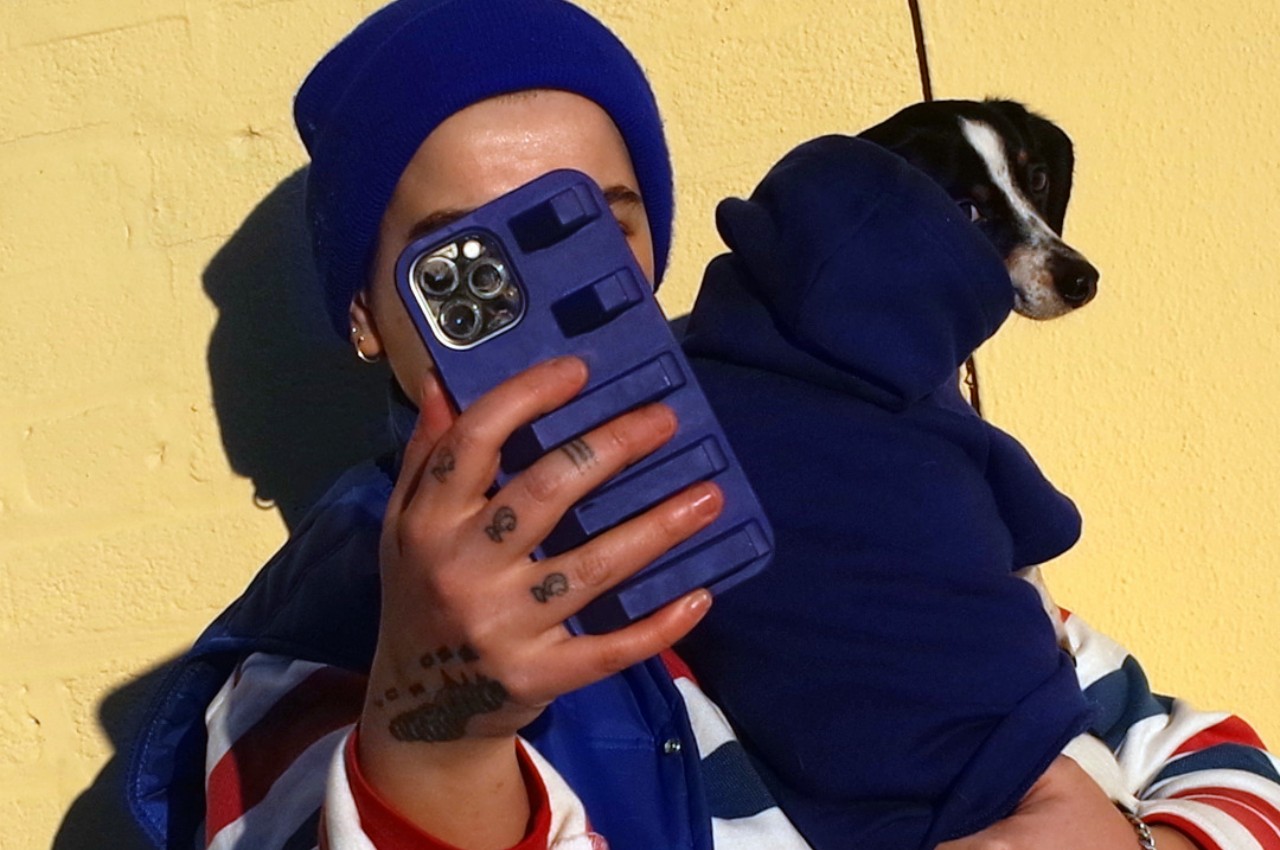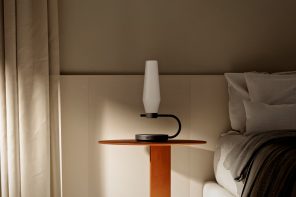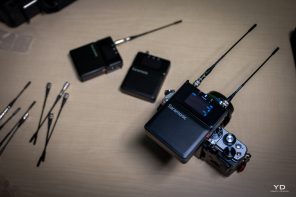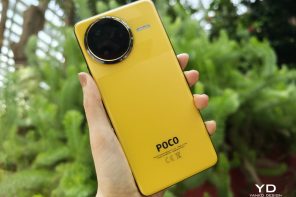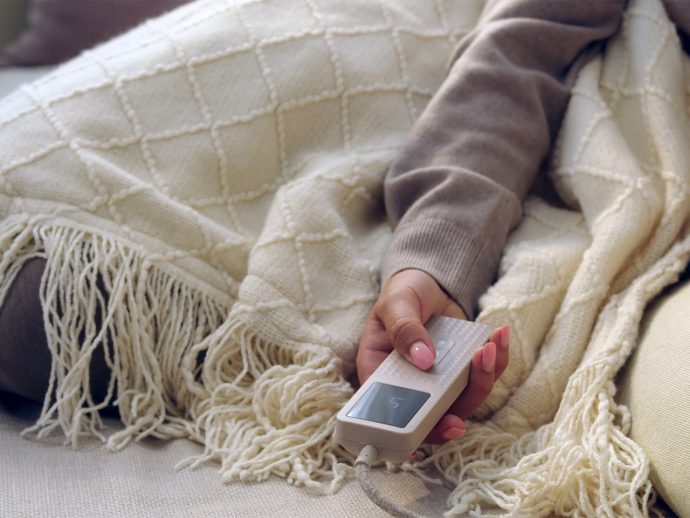Common smartphone cases provide the bare minimum protection possible without bulking up the device. Some go beyond the call of duty at the expense of making otherwise thin and slick phones look like miniature tanks. Other provide additional functionality, like batteries, card slots, or even rings for holding the phone more securely. That last one is a bit divisive among smartphone users because while it does offer a more secure grip, it also makes the phone look a bit awkward. That, however, has nothing on this weird-looking protective case for an iPhone that brings an extra grip and a stand in a manner that can only really be considered to be a form of art.
Designer: Bailey Hikawa
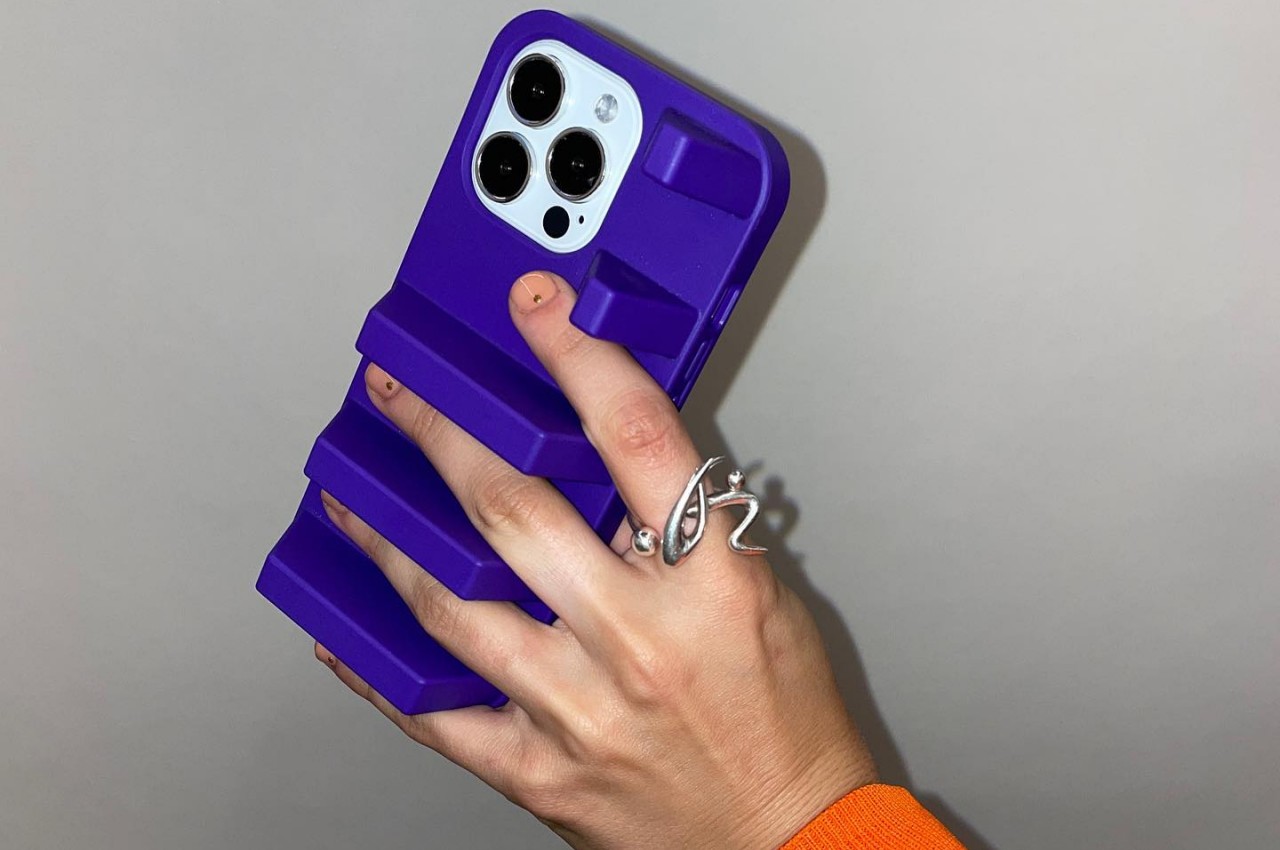
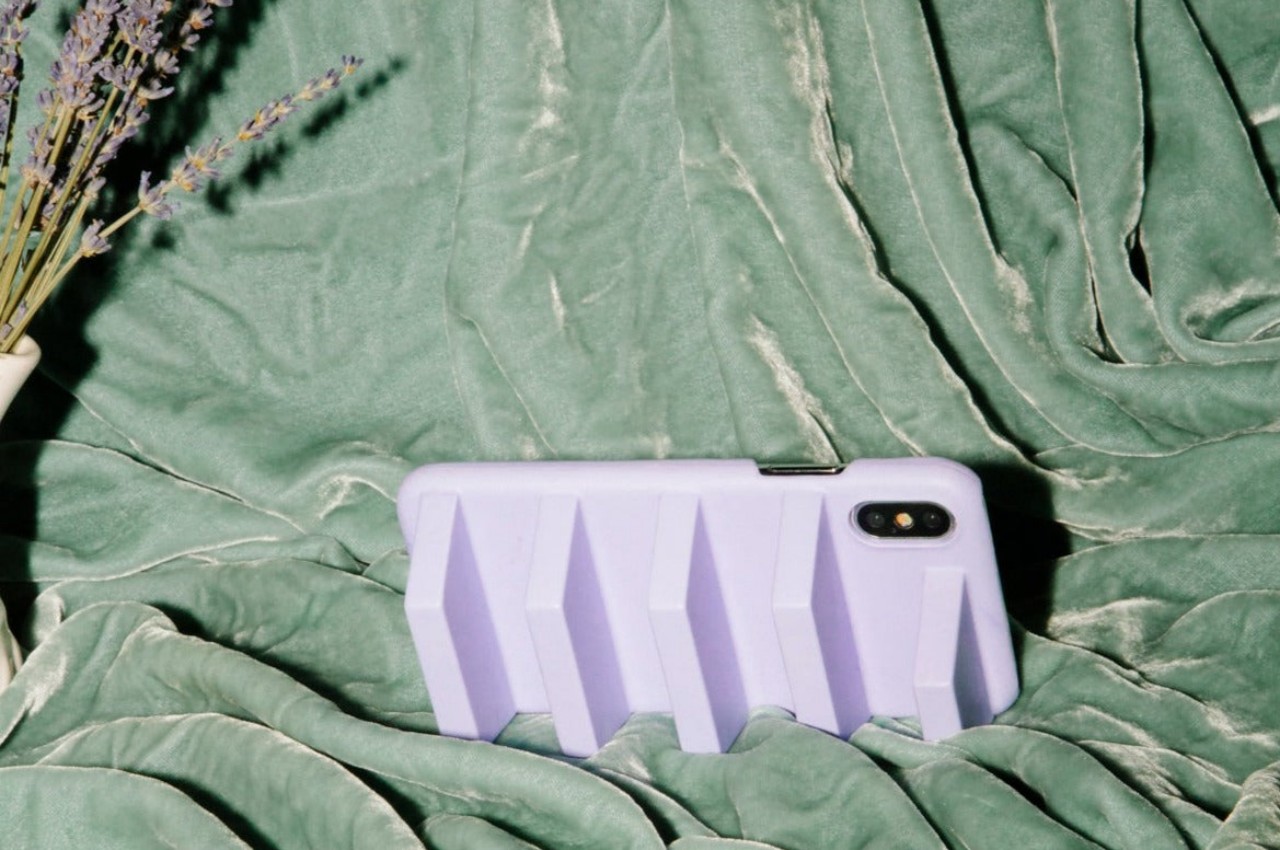
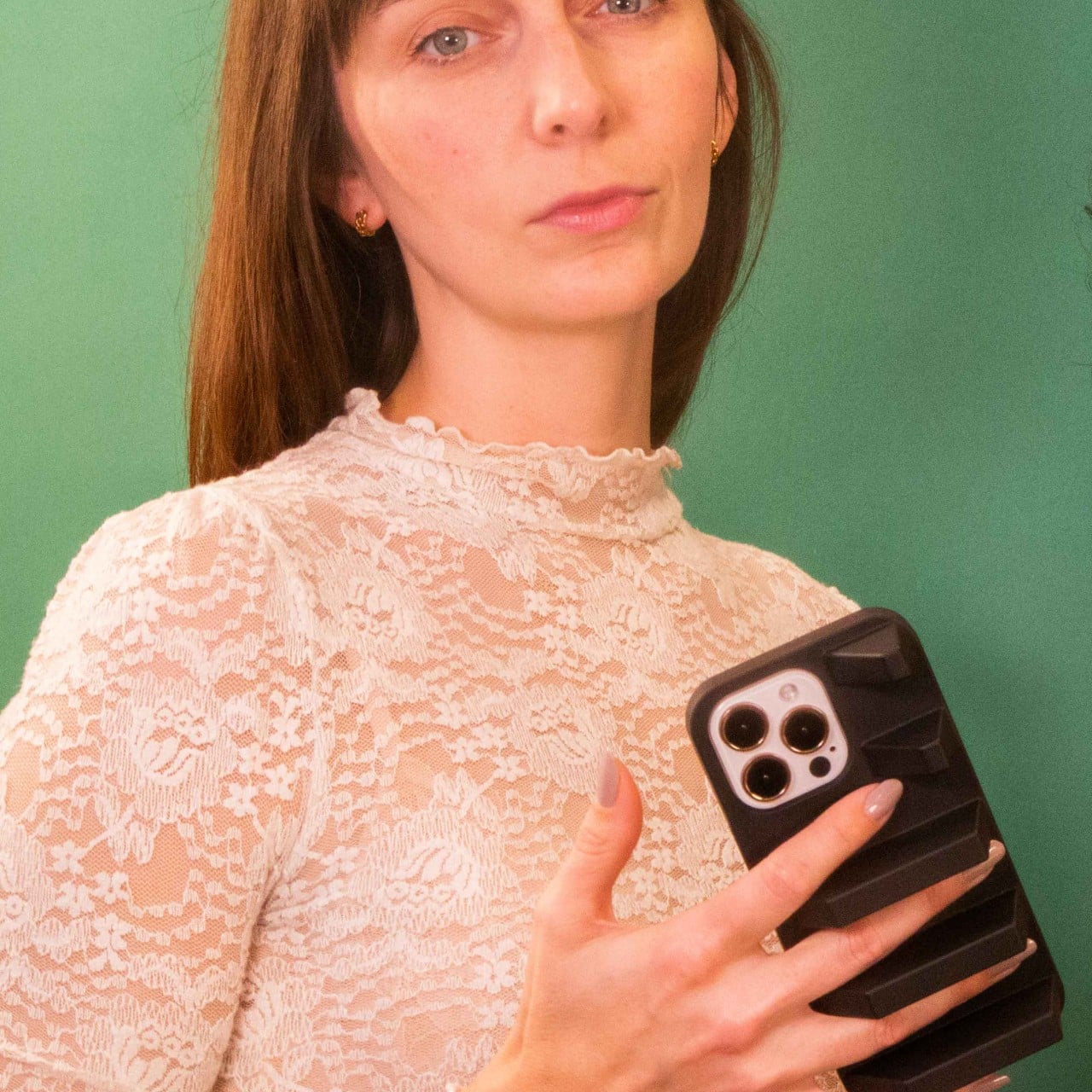
At first glance, you might not even recognize this object as a smartphone case, nor would you be able to immediately see the iPhone it snugly cradles inside. It looks more like a tiny shelf for tiny people that turns the iPhone into something like an art project. Although there will be little doubt that this can protect the phone since it manages to keep everything away from its body, some might have reservations about how it actually makes the phone more usable.
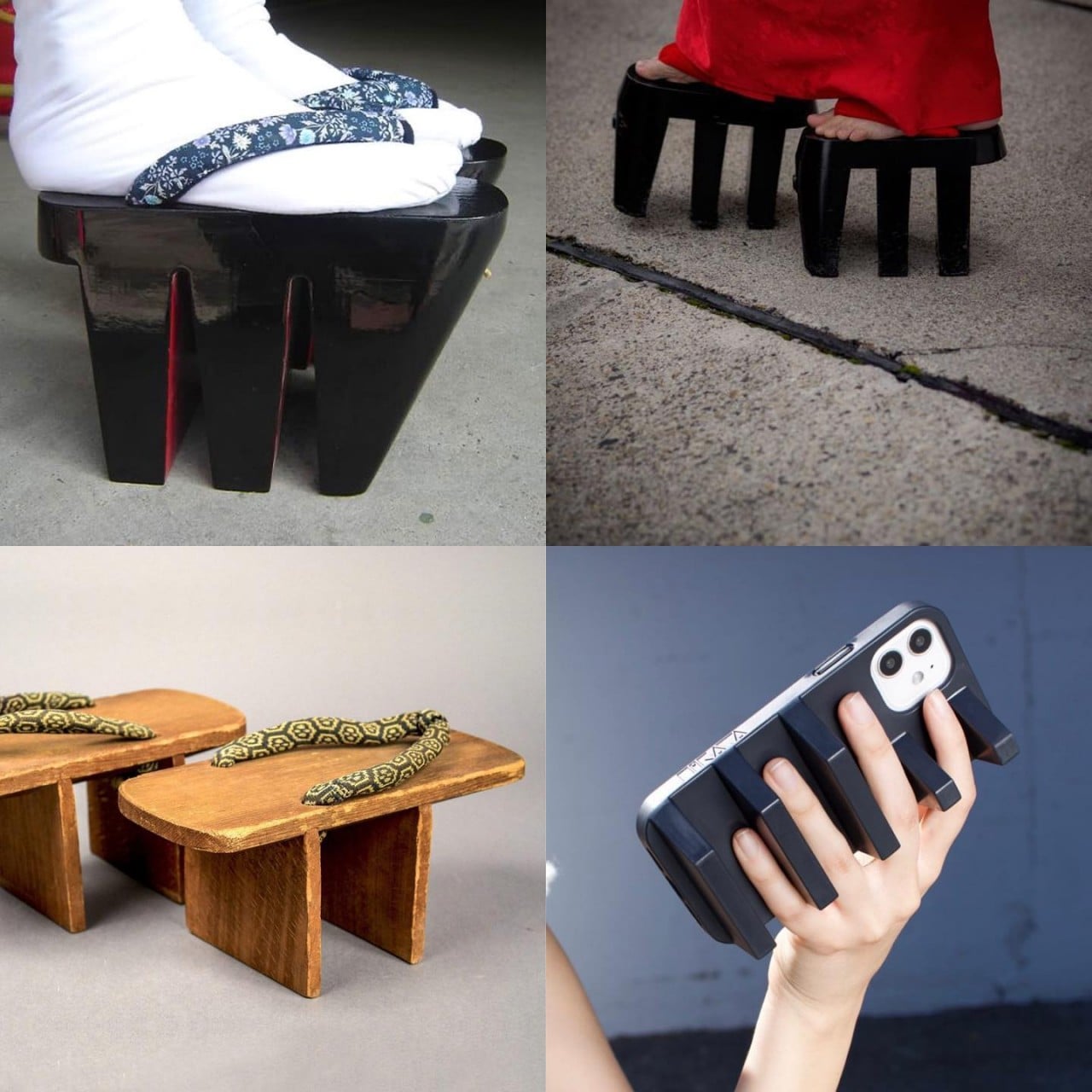
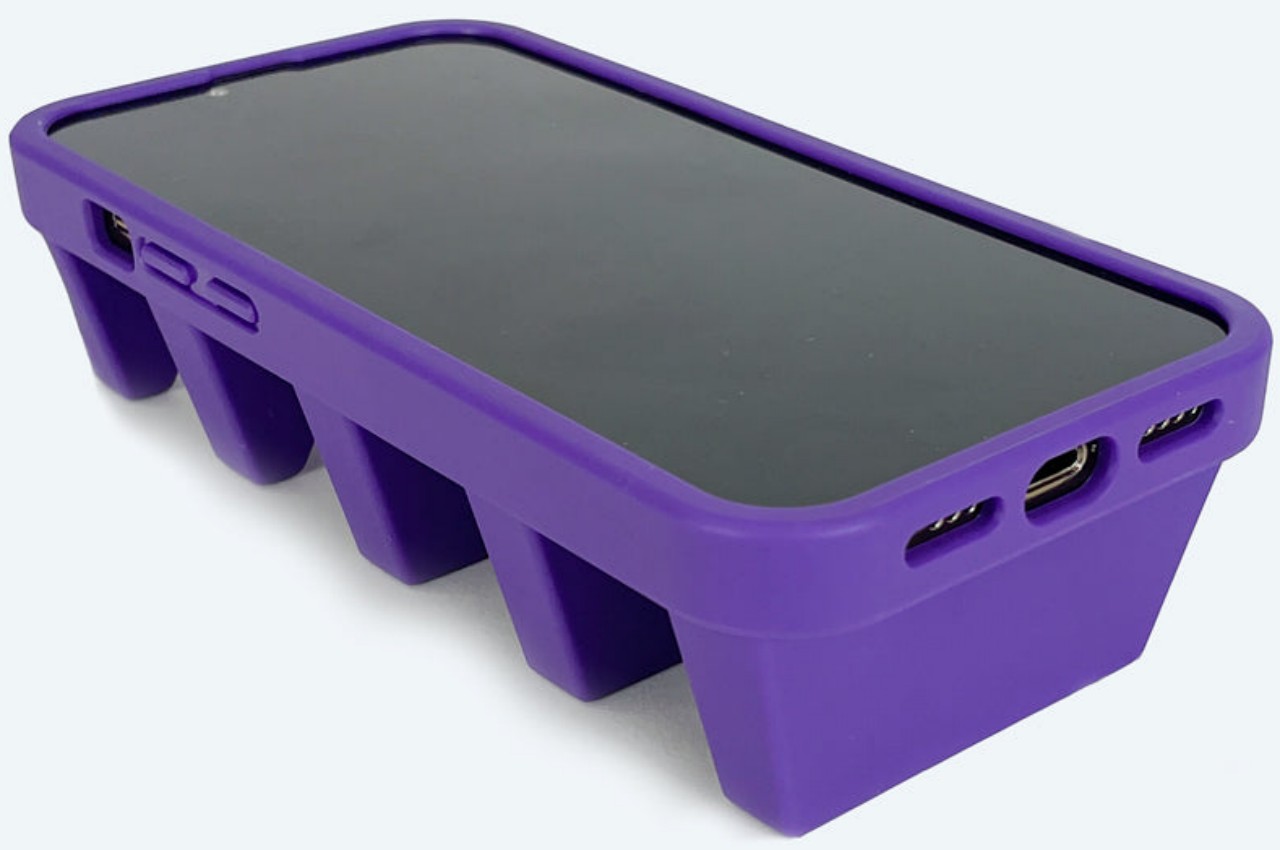
The shape of the Geta case wasn’t just plucked out of thin air. Its very name bears the source of its inspiration, that of traditional Japanese sandals that elevate their wearers with “teeth” that protrude from the bottom. In the case of this smartphone case, those teeth also hold the phone up like an angled stand. They also give places for people to insert their fingers when holding the phone.
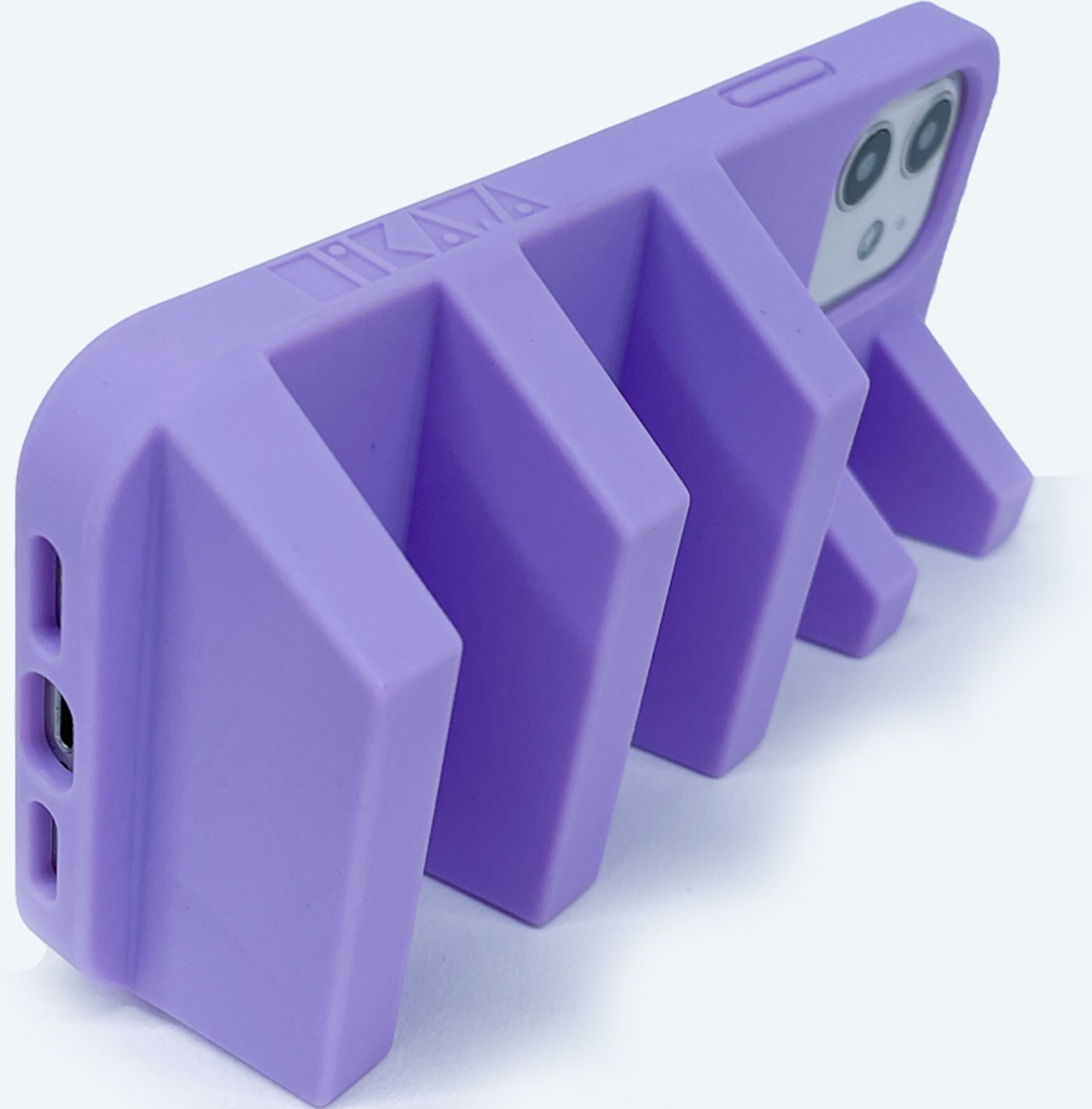
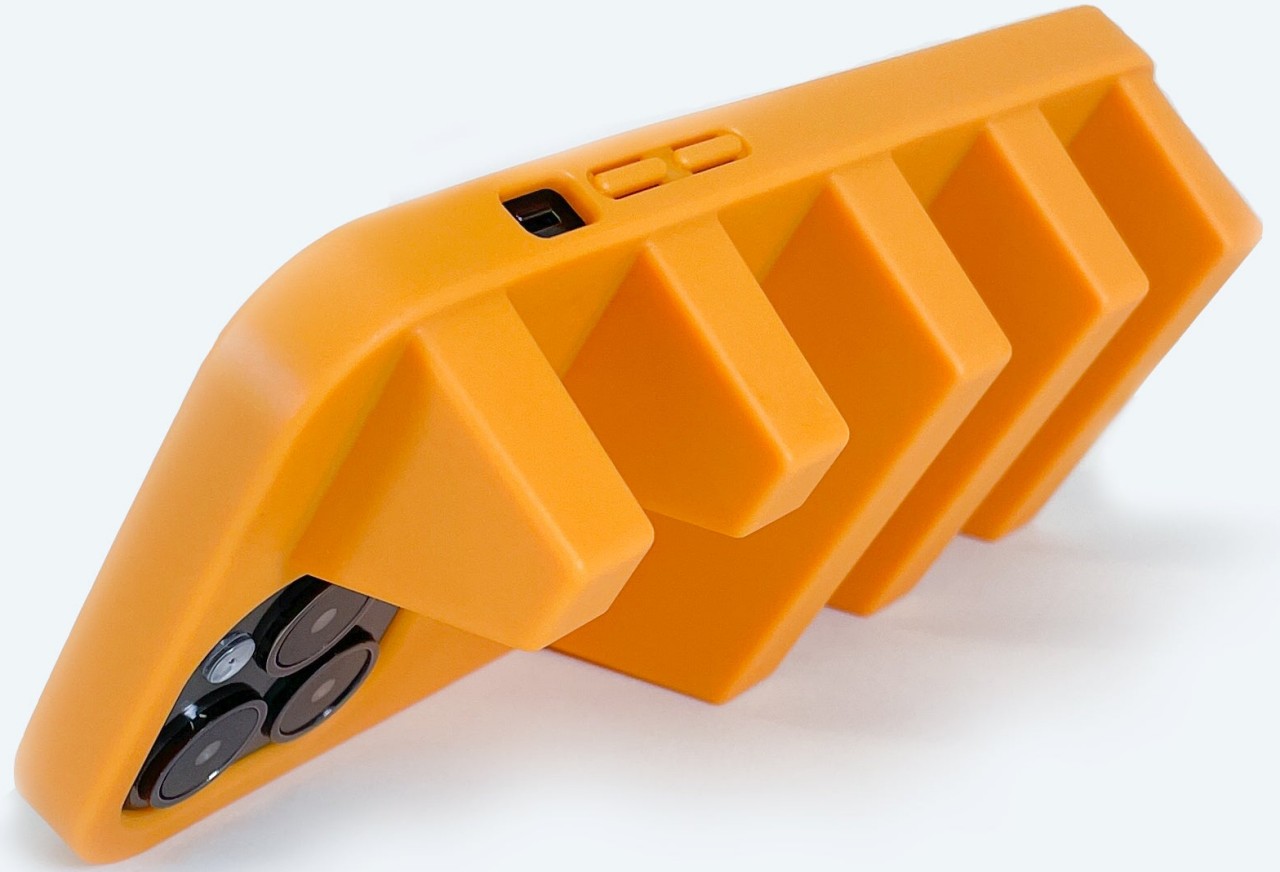
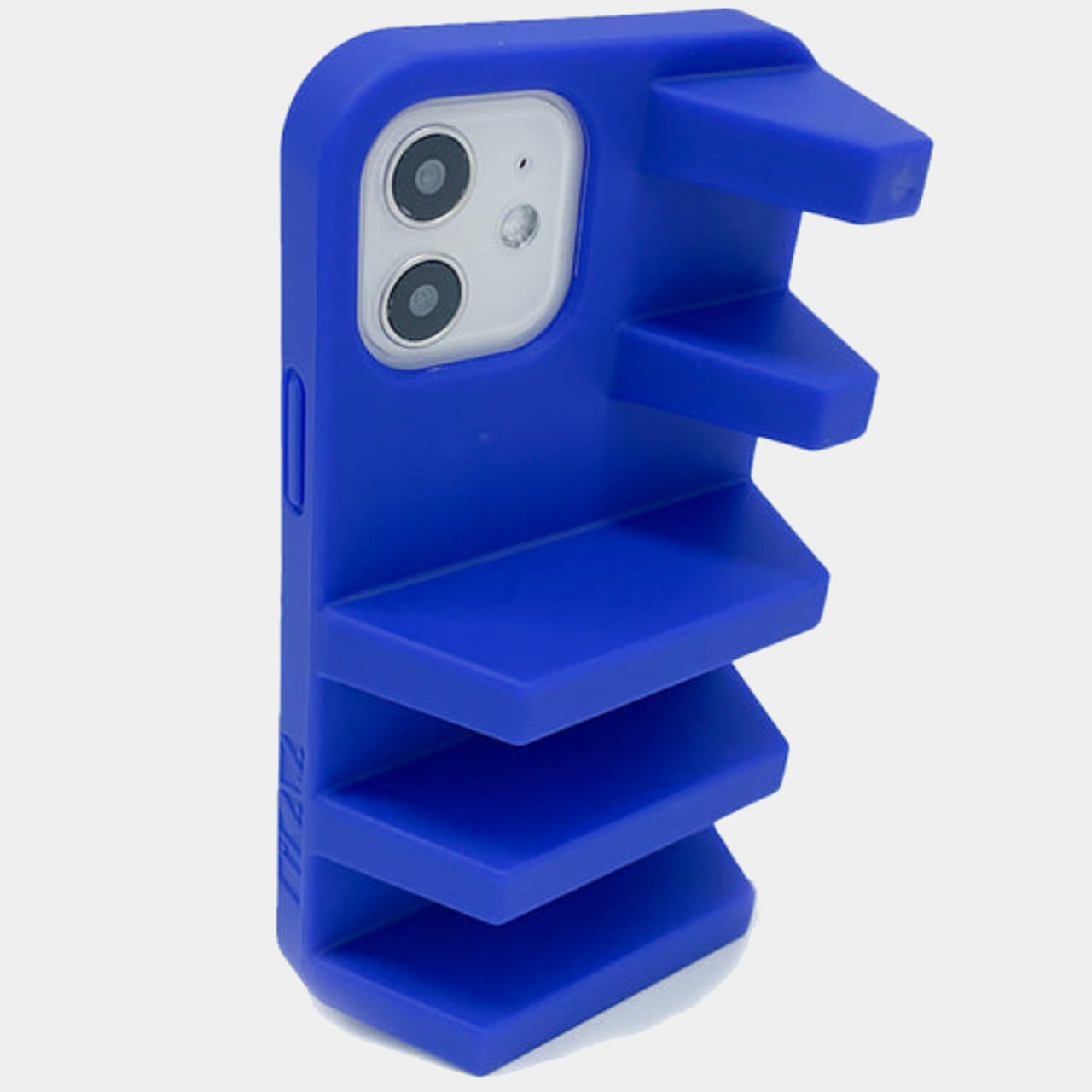
The space between the extruded fins lets you hold the phone with a lot more confidence than a ring since you can use multiple fingers to keep it in place. Those fins are also angled at the sides so that the phone can rest on them, propping up the display for hands-free viewing. One side is cut differently, though, so it gives a different and lower angle. The fins also let you stand the phone upright in portrait orientation, which is better for video calls.
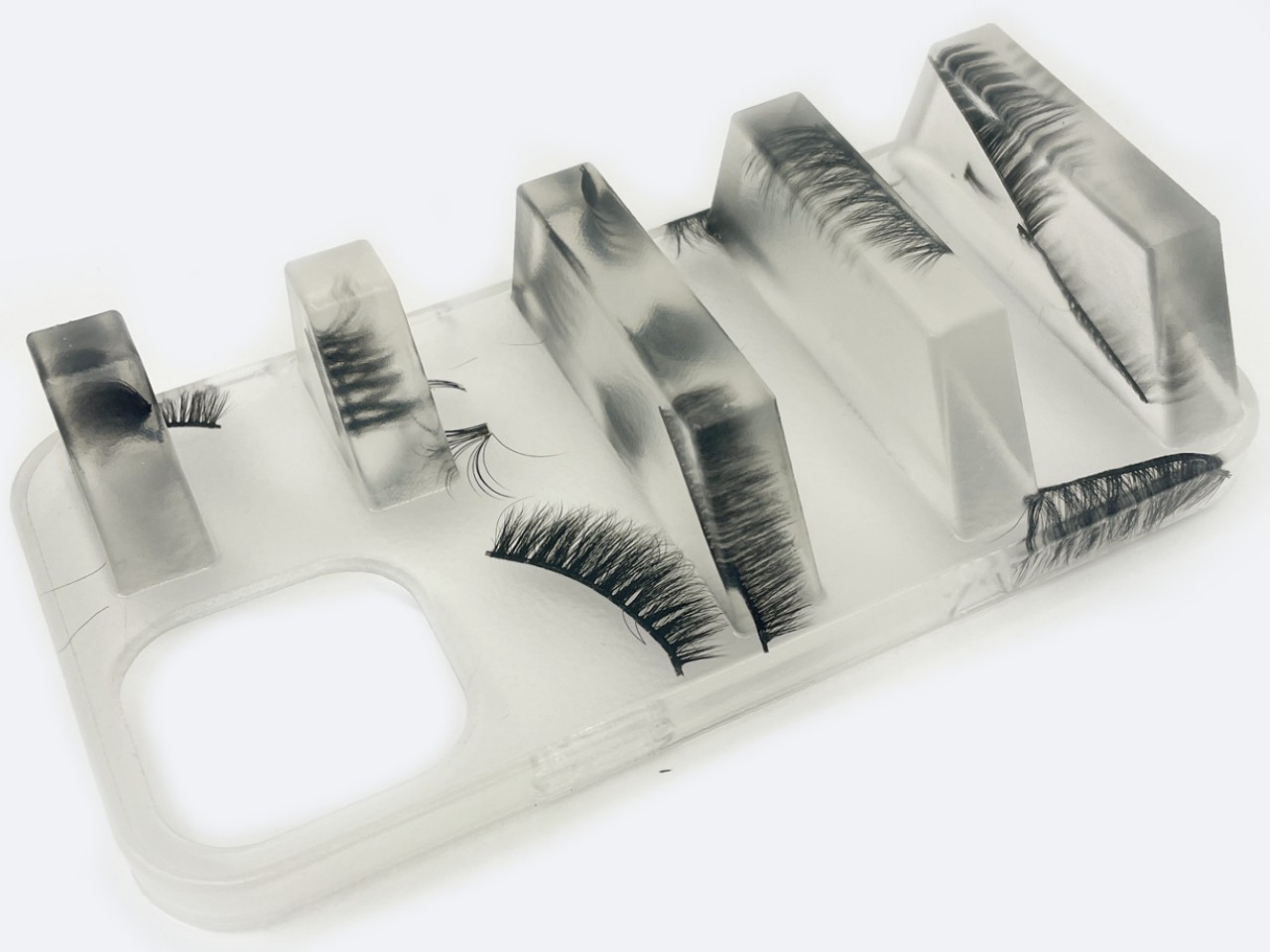
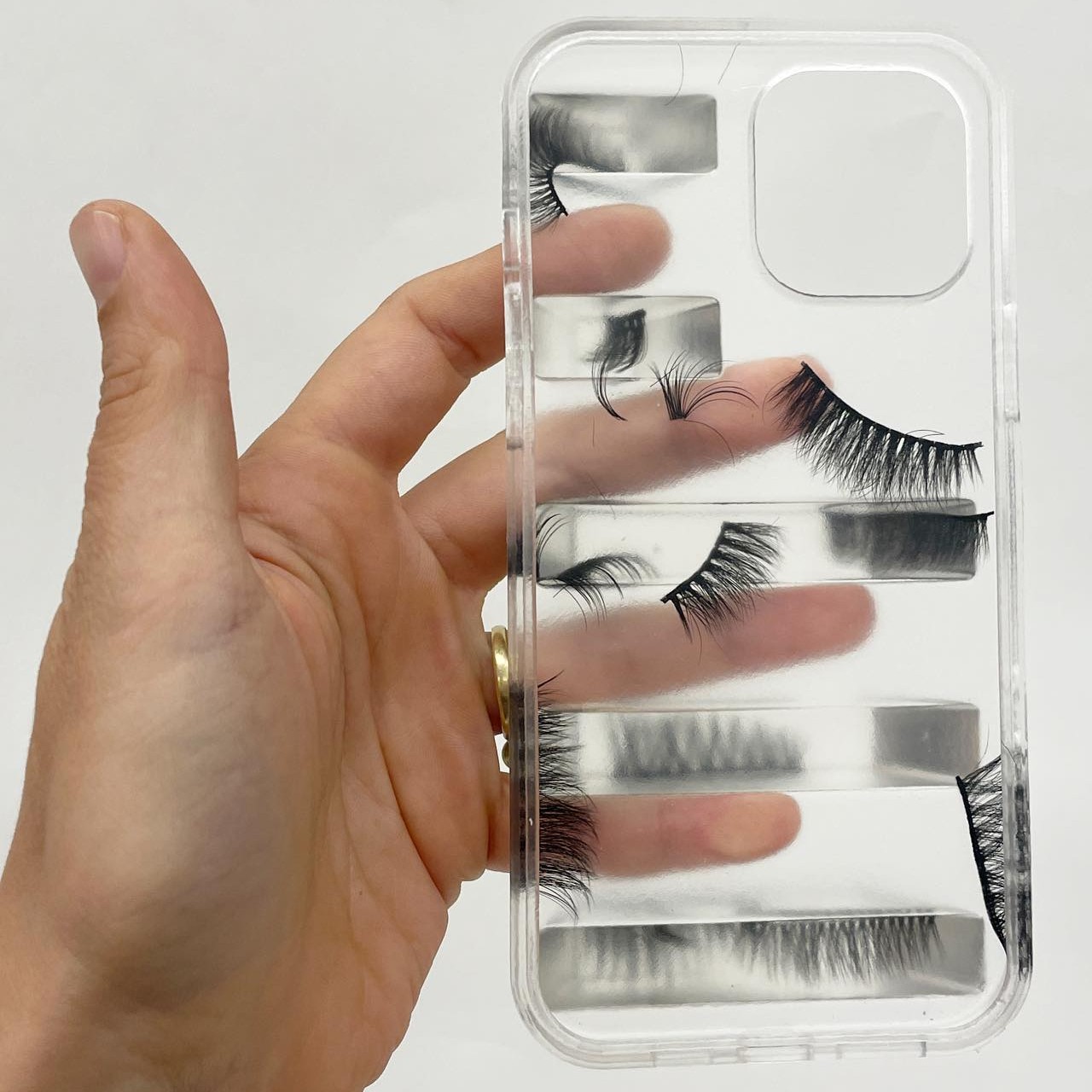
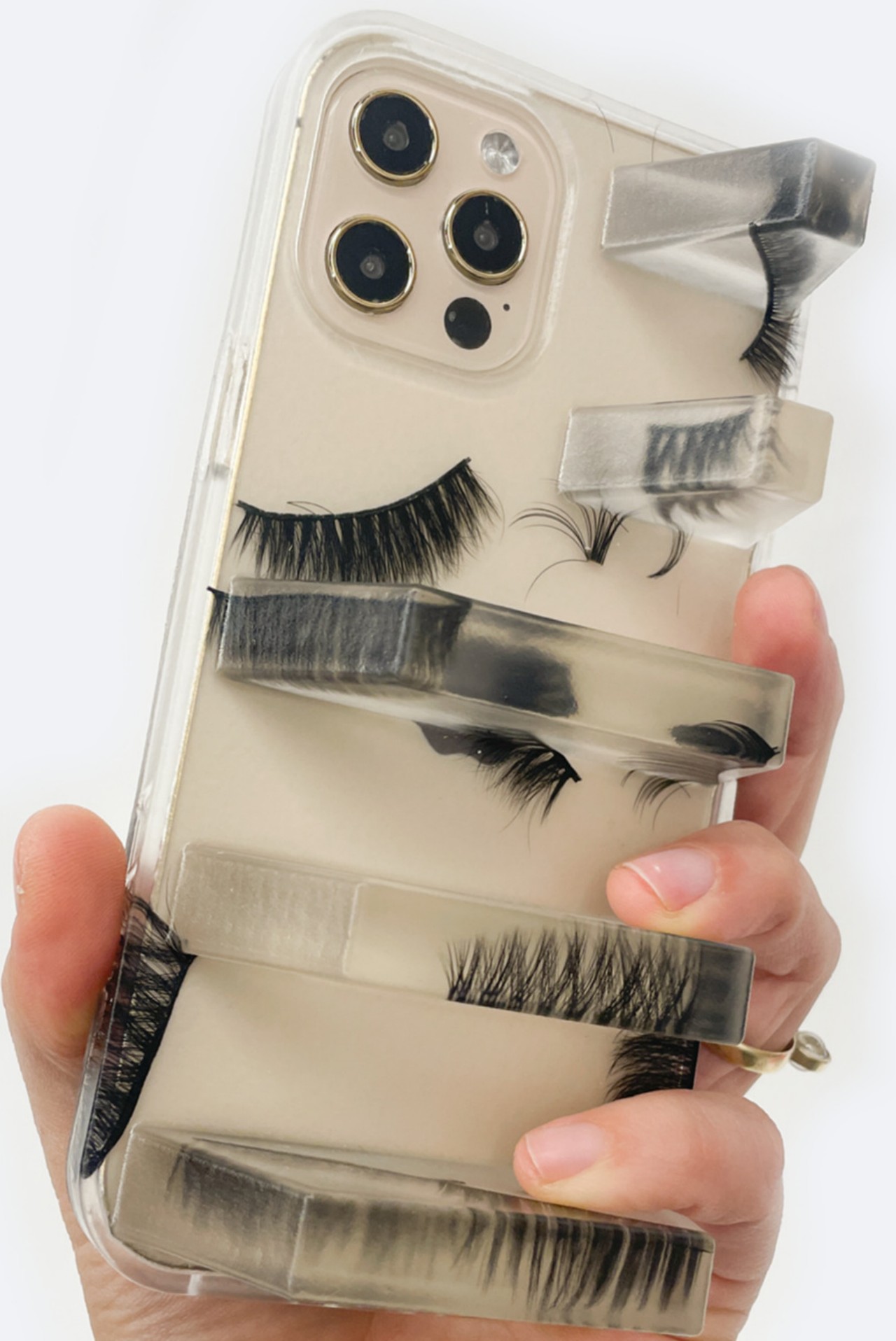
The Geta case is a rather clever way of using structure and architectural forms to provide these functions, though it admittedly won’t appeal to the majority of smartphone users. Seeing it more as a somewhat outlandish piece of art that also delivers some functionality might make it more palatable. There is even one variant made of clear silicone with fake eyelashes randomly embedded in it. It won’t, however, do anything to help make it fit inside some small bags, not to mention in your pockets.
